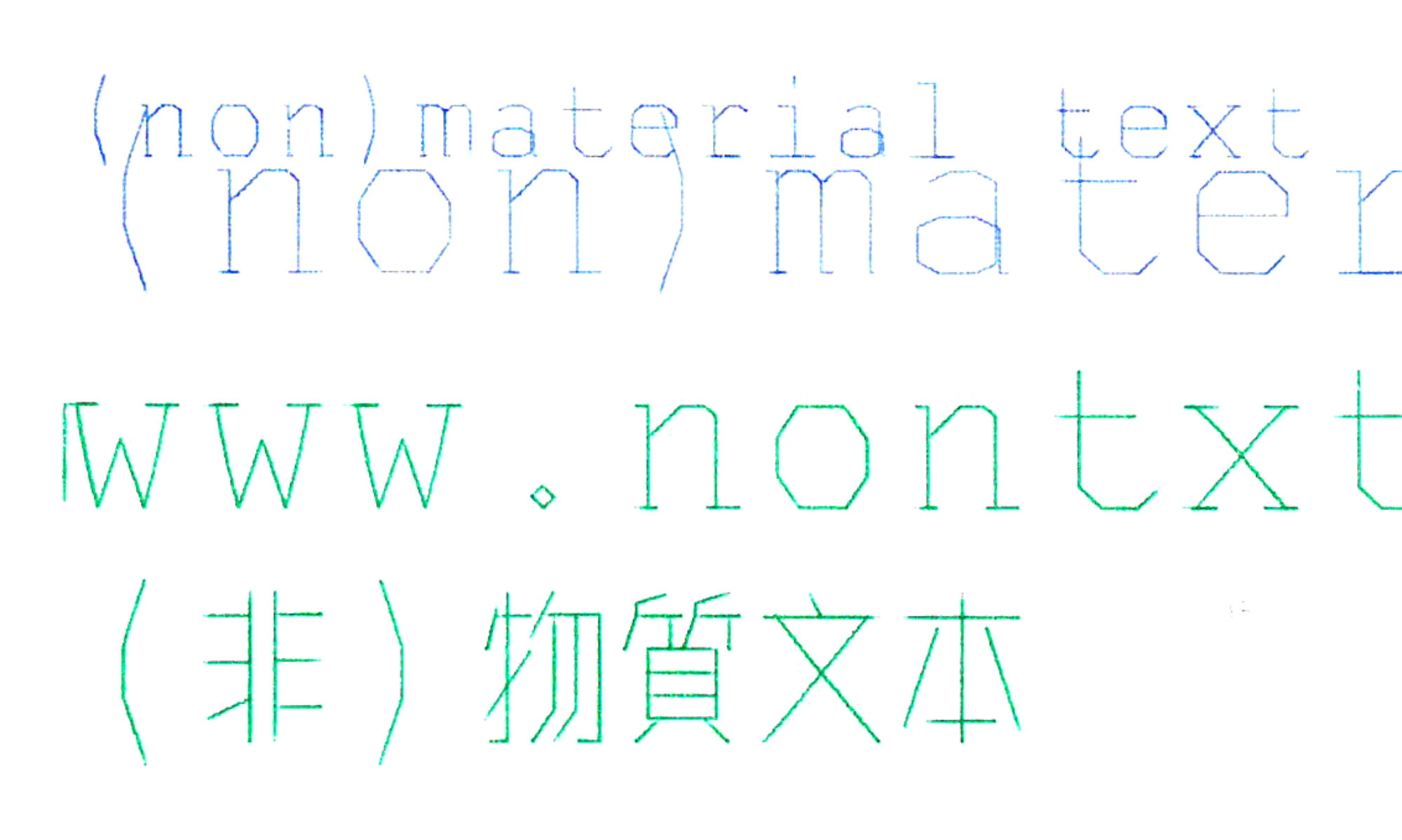Books are my favourite objects. There is nothing more satisfying than flipping through a well made book. There are of course badly made books, too. But those books also deserve to be published. They nonetheless still add to the world’s knowledge.
The physical properties of a book make them great objects. A stack of paper, bound together on one edge, becomes a sequence of planes with tremendous potential for different reading patterns. This structure, though seemingly linear, actually offers infinite possibilities in terms of how it could be engaged with, and how the narrative is to be structured. Books can be anywhere from small, slim and light to large, thick and heavy. Whatever size or form, they are structurally captivating. The double-page spread is something quite unique. Two planes sit on either side of the gutter (spine) which acts as an axis to visually separate yet sequentially unite the recto and verso pages. A book is hence spatial and metaphorically architectural. (Is there an epistemological function to the codex format? This is worth looking into.)
The structural qualities of a book provides a unique canvas for which content inhabit. The content could be text, or any combination of text and images. The pages as units of measurement may be inconsequential as far as content is concerned – the text flows through the sequence of pages as if water fills a container. The pages become significant only where there are section or chapter breaks. Page units of course could work in tandem with the content, for example, with each double-page spread defined as picture planes in and of themselves. Narratives can visually unfold as images and text juxtapose and animate across spreads. The author and designer hence orchestrate the flow and pace of how the content is revealed to the reader, much like a director does to a film. A book is hence temporal.
Turning something into a book form miraculously transforms it into a unique work in its own right. Hence a manuscript of a book is not an actual book but a string of text, a document. Design transforms it into a book, along with the physical qualities.
Theoretically, say, one takes four sheets of A2-size paper with random content printed or drawn on both sides. Fold each sheet down three times into eight divisions of equal size. Stack these folded sheets together. Bind them together using threads and a needle, then trim on three sides. You now have a book with 64 pages slightly smaller than A5 size. The somewhat random content has now been given a sequential order, and has been transformed and given a new life in the form of a book.
The extent of a book varies depending on subject matter, genre and circumstances of use. Large volumes call for robust binding and content navigation. Regardless of the extent of a book, it is a closed object that defends itself against other book objects. It is a work of authorship that stands on its own. It can reference and contend the arguments of other books of course, and can equally be referenced and contended by others.
How about digital books? That tangible, spatial–structural quality of the codex is all but lost, and I would argue that we have not yet solved the spatial and temporal shortcomings of digital books, nor have we reinvented the codex format into a new medium altogether, never mind a whole new paradigm. Digital documents are still a far cry from physical books. Though hypertext as Tim Berners-Lee conceived it in 1989 was already a revolutionary paradigm shift, forever transformed our relationship with information, our sense of geography and our sense of self. While the codex as a physical format will continue to be remediated (imitated) in the digital ether that will soon take the form of the metaverse, the physical codex will remain as one of the most reliable, novel and persuasive ways to preserve and pass down human knowledge.
(Random thoughts to be continued and hopefully illustrated, here published in an incomplete form. Written on flights TK071 from Hong Kong to Istanbul and TK1907 from Istanbul to Zurich, using an iPhone 12 mini in Byword.)
